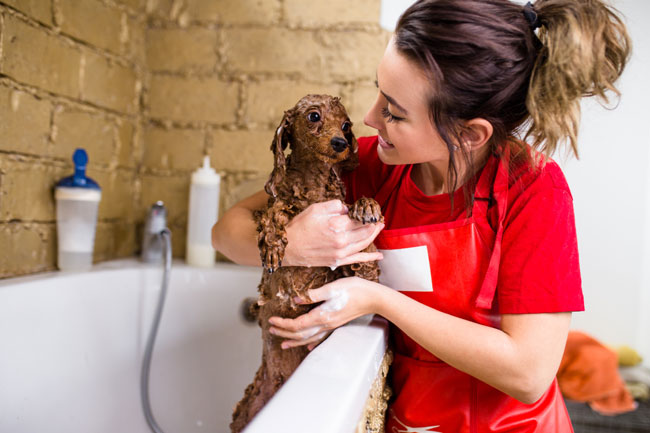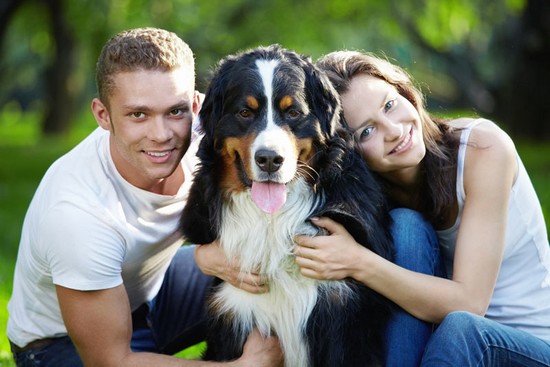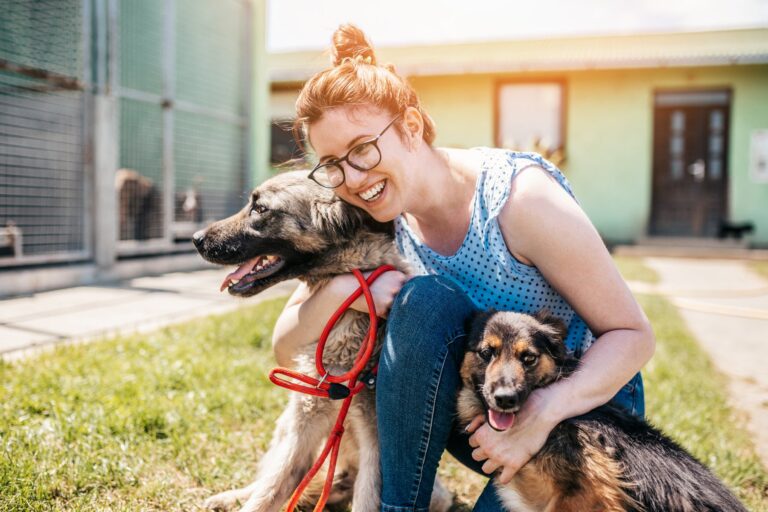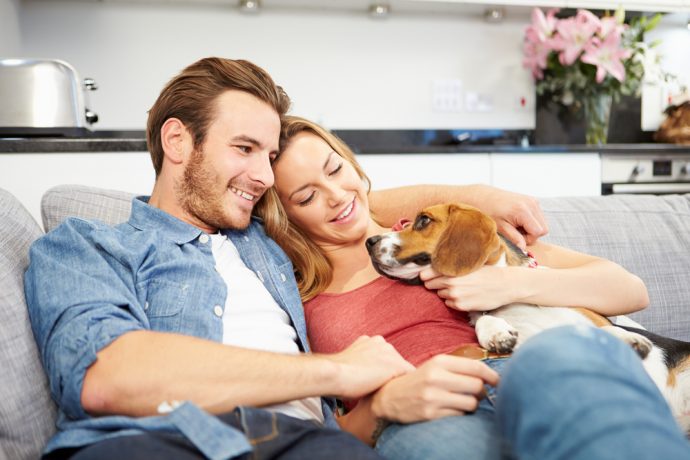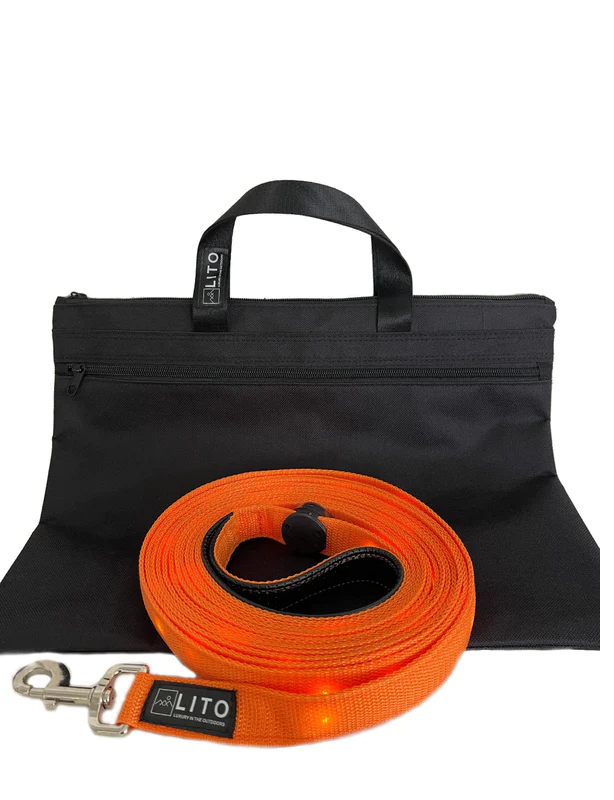As a dog owner, you want your furry friend to look and feel their best. But with so many grooming options out there, how do you choose the right one? In this blog post, we will share expert tips on how to select the perfect groomer for your dog. From what to look for in a grooming facility to how often you should schedule appointments, we have you covered. We will also provide specific grooming tips for different types of dogs, including long-haired breeds. By the end of this article, you’ll have all the information you need to keep your dog looking fabulous and feeling pampered.
Visit: https://healthyhoundplayground.com/gaithersburg-maryland-dog-boarding-dog-daycare-grooming/
What to look for when choosing a groomer
Finding the perfect groomer for your beloved four-legged companion is crucial to ensure their optimal grooming experience. When selecting a groomer, it is vital to consider various key factors. Let’s dive into what to look for when making this significant decision.
First and foremost, the expertise and wealth of experience should be at the forefront of your mind. Opt for a groomer who possesses extensive experience in working with diverse dog breeds. They should possess a deep understanding of the unique grooming requirements associated with each breed. Whether you have a petite Pomeranian or a majestic Labrador Retriever, the groomer should be well-versed in handling various coat types and implementing the most suitable grooming techniques for your specific breed.
The grooming environment is another critical aspect to consider. A clean and safe facility is paramount for your dog’s overall well-being. Take the time to visit potential groomers’ establishments to ensure cleanliness is maintained at the highest level. Well-maintained equipment, adherence to proper hygiene practices, and a welcoming ambiance are all indicators of a groomer who prioritizes your pet’s comfort and health.
Positive testimonials and personal recommendations can provide invaluable guidance in your search for the ideal groomer. Look for glowing reviews from satisfied customers, as they provide first-hand accounts of a groomer’s reputation. Additionally, seek recommendations from individuals you trust, such as friends, family, or your veterinarian. Their experiences can steer you towards a reputable groomer who will handle your dog with the utmost care and professionalism.
A comprehensive range of services is also an important consideration. Different dogs have diverse grooming needs, so finding a groomer who can meet all these requirements is crucial. From bathing and haircuts to nail trimming and ear cleaning, a groomer offering a wide array of services will cater to the specific needs of your dog, regardless of their individual grooming demands.
The manner in which a groomer handles dogs during the grooming process is a vital factor in ensuring their safety and comfort. It is essential to inquire about the groomer’s handling techniques. Your pet’s well-being should always be the groomer’s top priority, and a compassionate approach coupled with gentle handling techniques will foster a positive grooming experience for your furry friend.
How often to groom your dog
Proper care for your canine companion encompasses various aspects, and grooming plays a crucial role in their overall well-being. It’s vital to understand the optimal frequency of grooming for your dog, considering their breed and coat type. Dogs with longer and thicker coats necessitate more regular grooming sessions to avoid the unpleasant matting and tangling of their fur. Regardless of their coat length, regular brushing is necessary for all dogs to maintain the health and cleanliness of their coats.
While bathing is an essential part of the grooming routine, it is important not to overdo it. Frequent bathing can strip away the natural oils present in your dog’s skin, leading to dryness and potential skin irritations. Be mindful of the shampoo you use, opting for dog-specific formulas that are gentle on their skin. Thoroughly rinse off all shampoo residues to ensure your dog’s comfort and well-being.
Apart from brushing and bathing, other grooming aspects should not be neglected. Pay attention to your dog’s nails, ears, and teeth in their grooming routine. Regular nail trimming is crucial to prevent discomfort or injuries caused by excessively long nails. Utilize specialized dog nail clippers and exercise caution not to cut too close to the quick. Seek expert assistance if you feel unsure about the process.
Ear cleaning is essential, particularly for dogs with floppy ears that are more prone to infections. Use a mild and veterinarian-approved ear cleaner, gently wiping the inner ear surfaces with a cotton pad or ball. Avoid inserting anything too deep into the ear canal to avert any potential injuries.
Oral hygiene is equally important for your dog’s well-being. Regular teeth brushing helps prevent the buildup of tartar and gum disease. Opt for dog-specific toothbrushes and toothpaste, as human variants could be harmful to them. Alternate dental care options, such as dental chews, toys, or water additives, can also aid in promoting your dog’s oral health.
Remember that each dog is unique, necessitating adjustments to their grooming routine. Some dogs might require more frequent grooming sessions due to heavy shedding or a higher propensity for matting. Conversely, dogs with shorter coats may require less frequent grooming. Observe and assess your dog’s coat condition, hygiene, and overall well-being to determine the appropriate grooming schedule tailored to their specific needs.
Grooming tips for different types of dogs
To ensure your furry friend looks and feels their best, it’s crucial to understand the unique grooming needs associated with different dog breeds. With these dog grooming tips, you can keep your pet’s coat healthy and well-maintained while fostering a strong bond between you and your four-legged companion.
Start by familiarizing yourself with your dog’s breed and its specific grooming requirements. Different breeds have various coat lengths, textures, and shedding patterns to consider. Consequently, you’ll need to select the appropriate grooming tools and products that cater to their specific coat type.
Regardless of your dog’s coat length, regular brushing is paramount. Not only does brushing remove loose hair and prevent matting, but it also facilitates the distribution of natural oils throughout the coat. Depending on your pet’s coat, different brush types may be necessary. For instance, long-haired dogs such as Golden Retrievers benefit from slicker brushes, whereas short-haired breeds like Boxers fare well with bristle brushes.
In addition to routine brushing, bathing plays a vital role in your dog’s grooming routine. However, the frequency of baths varies based on breed and specific needs. Dogs with oily coats or skin conditions may require more frequent bathing, while others may only need occasional washes. Opt for a gentle, dog-specific shampoo that won’t strip away natural oils.
To maintain proper foot structure and avoid discomfort or injury, regular nail trimming is crucial. Overgrown nails can lead to joint problems and pain. If you’re uncertain about the nail trimming process, consulting a professional groomer or veterinarian can provide the necessary guidance.
Aside from brushing, bathing, and nail trimming, don’t overlook dental care and ear cleaning. Brushing your dog’s teeth regularly prevents dental issues such
Grooming tips for long-haired dogs
Grooming Tips for Dogs with Long Hair: Expert Tips to Keep Your Furry Friend Looking Their Best
Taking care of a long-haired dog’s coat requires extra effort and attention. To ensure your furry friend has a healthy, smooth, and tangle-free coat, follow these essential grooming tips:
Regular Brushing:
One of the most vital aspects of grooming long-haired dogs is consistent brushing. Regular brushing helps prevent matting and tangles that can cause discomfort to your pet. Choose a slicker brush or a comb designed specifically for long-haired breeds. Start brushing from the roots, working your way gently through the fur to remove any knots or tangles. Aim to brush at least once or twice a week, depending on your dog’s activity level and coat length.
Proper Bathing:
Maintaining a clean and healthy coat is crucial for long-haired dogs. When bathing your furry friend, use a mild and dog-specific shampoo. Avoid using human shampoos, as they may contain ingredients that could irritate their sensitive skin. Remember to rinse your dog thoroughly to ensure all the shampoo residue is removed. However, it’s important to note that over-bathing can strip the natural oils from their skin, leading to dryness and irritation. Bathe your long-haired dog as needed, keeping their individual needs in mind.
Trimming and Shaping:
Regular trimming is essential to keep your long-haired dog looking their best. Pay attention to areas where the hair tends to grow longer, such as the face, ears, paws, and tail. Use rounded-tip scissors or clippers specifically designed for pet grooming. When trimming, be cautious not to cut too close to their skin. Trimming can help reduce the risk of matting and ensure your dog’s coat remains neat and manageable.
Nail Care:
Don’t overlook the importance of nail care for your long-haired dog. Regular nail trimming is crucial for their comfort and overall health. Overgrown nails can cause discomfort and affect your pet’s ability to walk properly. Check your dog’s nails frequently and trim them using a dog nail clipper or grinder. Take care not to cut too close to the quick, as it can be painful and lead to bleeding. If you’re uncertain about nail trimming, seek advice from a professional groomer or consult with your veterinarian
Are there any specific grooming techniques that are best suited for certain dog breeds?
Yes, grooming techniques vary based on dog breeds. Long-haired breeds need regular brushing and haircuts. Breeds with wrinkles, like Bulldogs, require extra care for hygiene. Poodles may benefit from professional grooming to maintain their specific hairstyles.
What are some signs that indicate my dog needs grooming?
Signs that your dog needs grooming include excessive shedding or matting of the fur, a foul odor from the coat or ears, overgrown nails, dirty paws, and constant scratching or itching. These indicators suggest it’s time for a grooming session to keep your dog clean and comfortable.
What factors should I consider when choosing grooming products for my dog?
When choosing grooming products for your dog, consider their breed, coat type, and skin sensitivities. Use products specifically formulated for dogs and avoid human products. Read ingredient labels for safety. Also, consider your own preferences for ease of use and scent.
In conclusion, grooming is an essential part of caring for your furry friend. It not only keeps them looking their best but also helps maintain their overall health and well-being. When choosing a groomer, make sure to consider their experience, qualifications, and the services they offer. Regular grooming is important for all dogs, but the frequency may vary depending on the breed and coat type. Follow expert tips for grooming different types of dogs, including long-haired breeds that require extra attention. By taking proper care of your dog’s grooming needs, you can ensure they stay happy, healthy, and looking their best. For more expert tips on grooming your dog, check out our detailed blog post.
